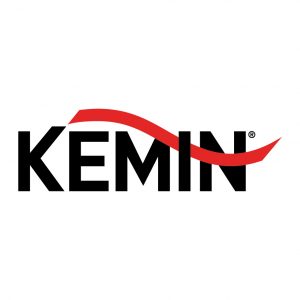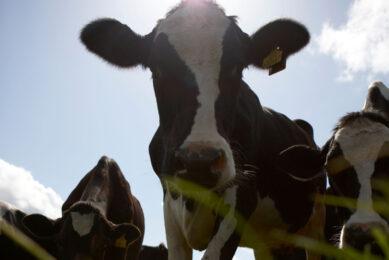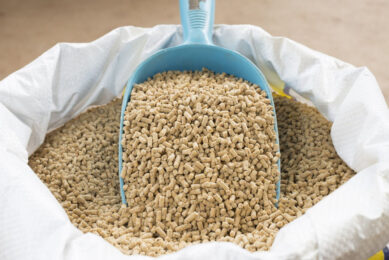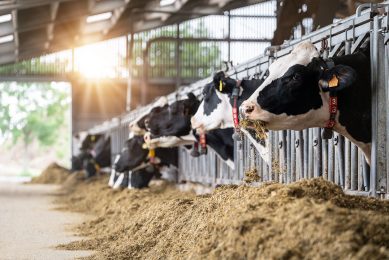Tackling mycotoxins: A complete toolbox is required
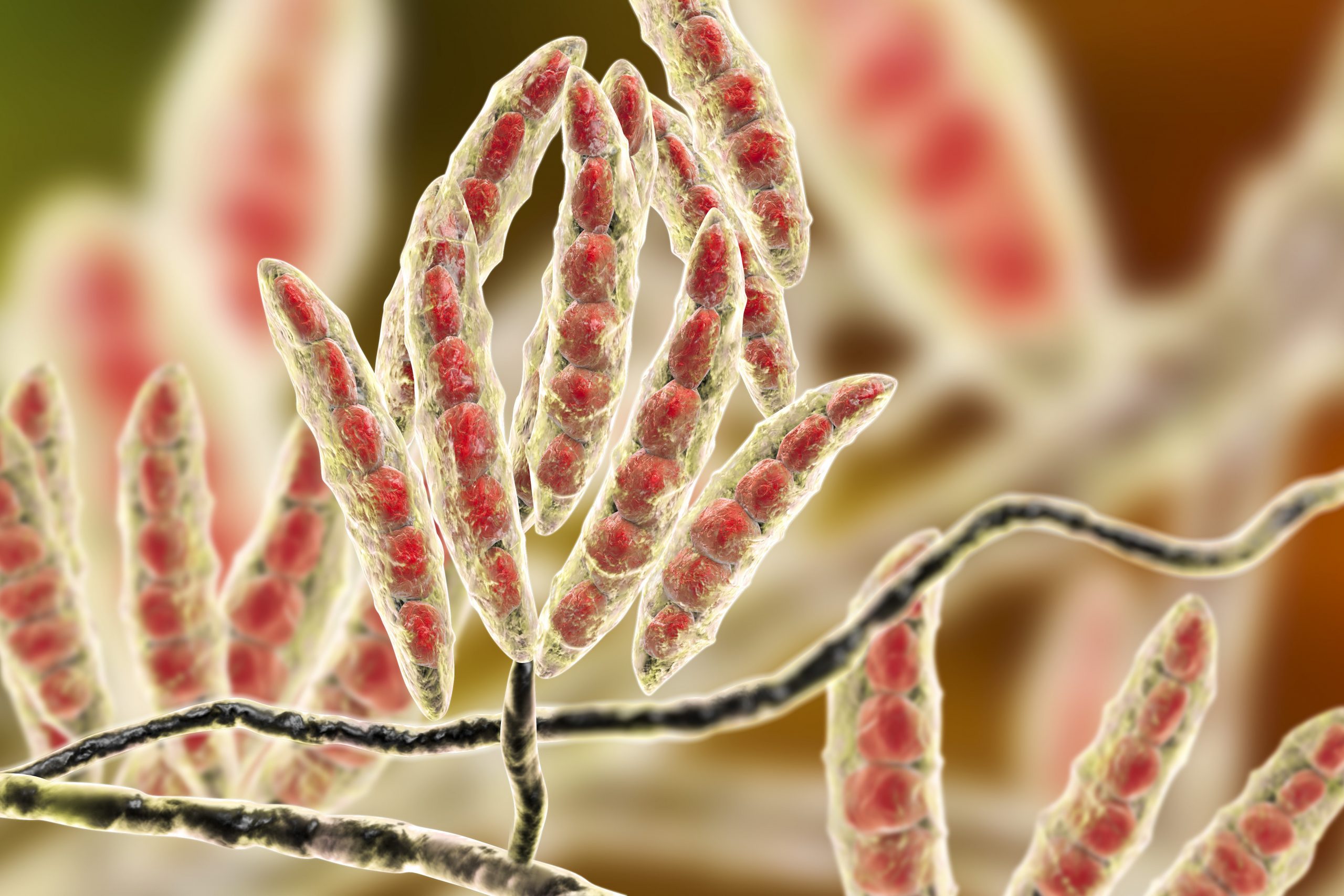
There is no single solution to tackle mycotoxin issues in animals, a targeted approach is needed consisting of different tools evaluating the mycotoxin risk and safeguarding the feed and the animal from mycotoxins.
Mycotoxins are secondary metabolites produced by fungi that grow on crops in the field (field mycotoxins) or during storage of feed and raw materials (storage mycotoxins), as such entering the feed chain, compromising animal health.
The major fungi families producing mycotoxins that cause problems in animals and humans are Aspergillus, Fusarium, Claviceps and Penicillium spp. In total, more than 700 mycotoxins have been identified, and some of them, like Aflatoxin (AFLA), Deoxynivalenol (DON), Zearalenone (ZEA), Fumonisin (FUM), T-2 and Ochratoxin (OTA) were identified as major causes of economic losses in the agriculture industry.
Varying mycotoxin contamination profiles
Weather conditions during the growing season are the most influential parameters for mycotoxin production, causing a high year-to-year variation in the mycotoxin contamination profiles. Although exceeding the EU regulatory and guidance levels for mycotoxins is observed, low-level contamination is also common. In addition, mycotoxin co-contamination is the rule rather than the exception. Individual mycotoxins present a unique threat, but more importantly is the consideration of synergistic effects of multiple mycotoxins occurring and their interaction with diseases.
Mycotoxins give rise to many different pathological effects in animals and humans such as toxicity in the liver and kidney, defects of the central nervous system and oestrogenic responses. These pathologies lead to lower animal performance and productivity. While poor animal performance is of economic importance, the effect of many mycotoxins on the immune system of the animals is of increased concern.
Negative impact of mycotoxins
Research shows several mycotoxins could impact vaccination efficiency. Several studies have also indicated that the presence of moderate to low levels of mycotoxins in feed rations increases the susceptibility of animals to viral, bacterial and parasitic diseases. Not to forget the negative impact of mycotoxins on the intestinal morphology and function compromising gut health.
In conclusion, the following problems associated with mycotoxins have been identified:
- Mycotoxins are produced by moulds growing on feeds and their raw materials i.e. during storage
- Seasonal occurrences of mycotoxins, pose difficulties in evaluating the mycotoxin risk
- Mycotoxins negatively impact animal health
It is clear there is no single solution for mycotoxins: a defined strategy is needed to cope with the above identified problems.
Mycotoxin management toolbox
As part of a mycotoxin strategy, Kemin offers a mycotoxin management toolbox incorporating the following tools:
 TOOL – Tackle the cause of the problem, moulds, with a mould inhibitor ensuring feed safety.
TOOL – Tackle the cause of the problem, moulds, with a mould inhibitor ensuring feed safety.
Use an effective mould inhibitor (Myco Curb) during storage, to preserve feed and raw materials from mould contamination and to prevent mycotoxin production.
 TOOL – Evaluate the mycotoxin risk of your feeds by routine mycotoxin screening of feed samples
TOOL – Evaluate the mycotoxin risk of your feeds by routine mycotoxin screening of feed samples
As mycotoxins are emerging as major contaminants of feeds and raw materials, it is important to evaluate their prevalence. Proper sampling procedures of feed and raw materials needs to be established to allow a correct estimation of the mycotoxin risk. Several methods are available for mycotoxin detection, all with their own advantages and limitations. For example, ELISA can be used as a rapid in-field detection method, whether LC-MS/MS is a more specific and sensitive method for the detection of mycotoxins but requires specific lab skills.
To partner with customers and to help maintain the feed quality and safety, Kemin created Customer Laboratory Services (CLS). CLS is translating customer needs into innovative tools: routine mycotoxin screening is amongst them. After a thorough screening of feed and raw material samples, resulting in a clear view on the mycotoxin risk, a tailor-made mycotoxin prevention programme is offered. Secondly, all results are gathered in a biyearly mycotoxin survey allowing the correct implementation of cost-effective control programmes in specific areas.
Figure 1 – Infographic summarizing mycotoxin threats of first half of 2018, evaluated in our CLS lab. Analysed sample number in middle east region is lower as we offer on-site service.

 TOOL – Protect animal health using a mycotoxin binder
TOOL – Protect animal health using a mycotoxin binder
Clearly, the presence of mycotoxins in feeds poses a heavy burden on the health of the animal. Consequently, the protection of the animal is a must, preferably by a preventive strategy avoiding therapeutic treatment. One cost-effective strategy to safeguard your animal is the use of a mycotoxin binder, consisting of adsorbents that bind the relevant mycotoxins along the gastrointestinal tract, thereby reducing mycotoxin bio-availability and promoting their excretion from the animal’s body.
Activation of different adsorbing ingredients ensures broad-spectrum binding efficacy over a wide pH range. Since no single adsorbent is effective against all relevant mycotoxins, a combination of activated binding agents can meet the essential requirements for a broad-spectrum mycotoxin binder. Supported by a sound multi-level research approach combining in vitro and in vivo studies, the Toxfin product range has shown to be effective under field conditions keeping animals healthy and efficacious in cases of mycotoxin exposure.
Figure 2 – Combined Aflatoxin B1 (57 ppb) and Ochratoxin A (23 ppb) contaminated diet, negatively impacting health (immune and organ status) and performance of 35 days old broilers (positive control versus negative control). The use of a mycotoxin binder can counteract those adverse health and performance effects.



